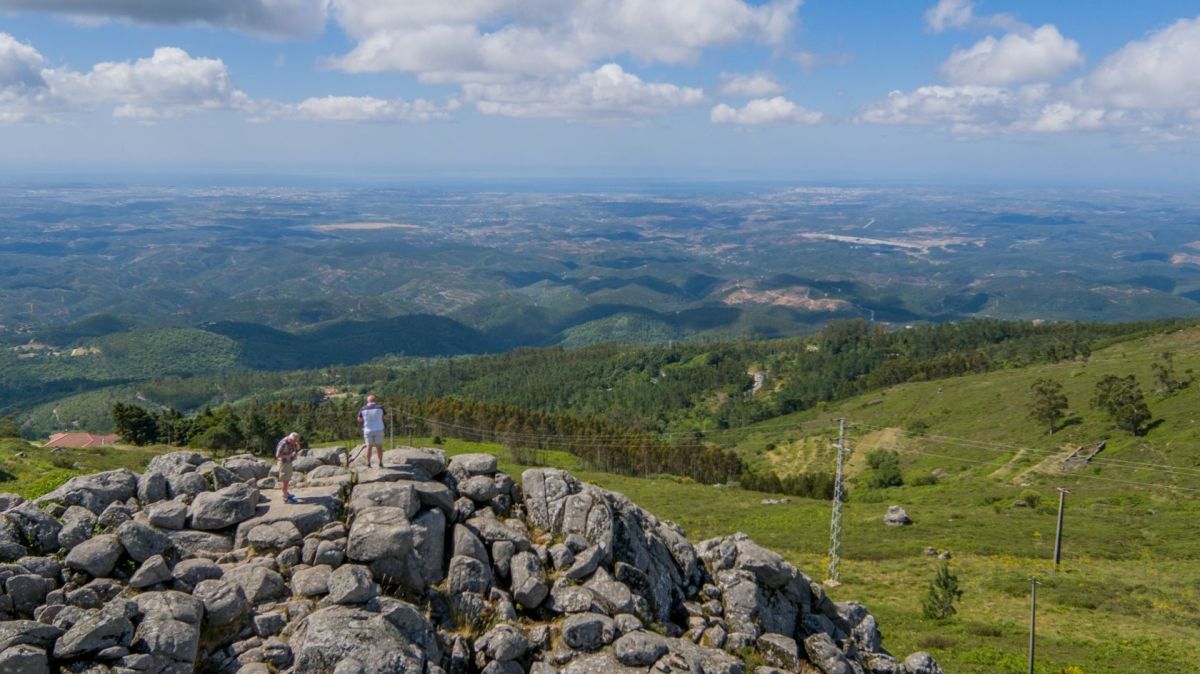A typical sweet from Monchique, a municipality in the Algarve, the Bolo do Tacho is now part of the list of Portuguese intangible cultural heritage, as its importance is recognised “as a reflection” of the community or group that has ensured the transmission of this gastronomic heritage over the years, explains Património Cultural, IP.
“Under the terms of paragraph 2 of article 15 of Decree-Law no. 139/2009, of June 15, amended and republished by Decree-Law no. 149/2015, of August 4, I hereby announce that, by my order of March 26, 2025, issued on a proposal from the Department of Cultural Assets of Cultural Heritage, I. P., it was decided to register the ‘Bolo de Tacho’ in the National Inventory of Intangible Cultural Heritage”, can be read in the announcement from the public institute published in the DR.
Cultural Heritage highlighted that the inclusion of the Bolo do Tacho in the list of intangible heritage reflects the “importance of the manifestation of intangible cultural heritage as a reflection of the respective community or group” or the “social and cultural processes in which it originated and developed (…) until the present”.
The inclusion of the Bolo do Tacho in the list of intangible cultural heritage was subject to a 30-day public consultation, which began on January 13, after the publication of the procedure in the DR.
Once the consultation was completed, the public institute Cultural Heritage had 120 days to express its opinion on the inclusion of the Monchique recipe in the list of intangible cultural heritage, which is now officialised with the publication of the notice in the DR.
Local ingredients
Bolo de Tacho, also known as Bolo de Maio or Bolo de Milho, is a typical sweet from the cuisine of Monchique, the municipality where the recipe and preparation originate, and is characterised by the use of four basic ingredients that result from local production: corn flour, olive oil, honey and lard.
Other elements are added to these ingredients to taste (coffee, cocoa powder, spices, lemon or bella-luísa tea), the quantity of which will make the flavour and texture of the cake different from recipe to recipe.
According to the Algarve Museum Network website, the Bolo de Tacho was normally made exclusively in May, as it was the main element of the picnics or snacks that people took to the traditional “desmaios” (picnics) that took place in the Monchique mountains on the 1st of that month.















